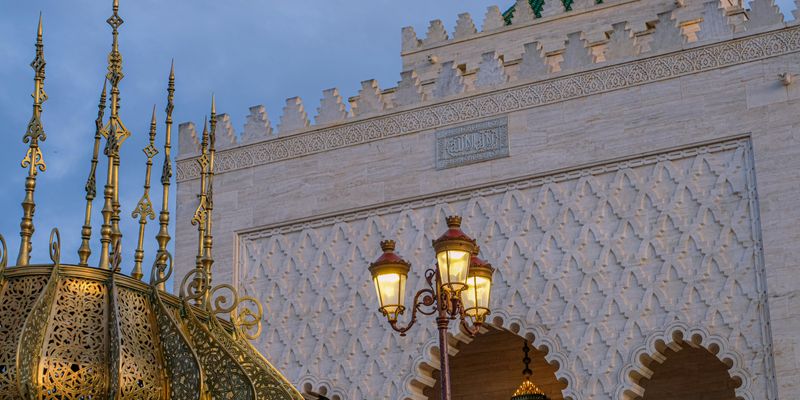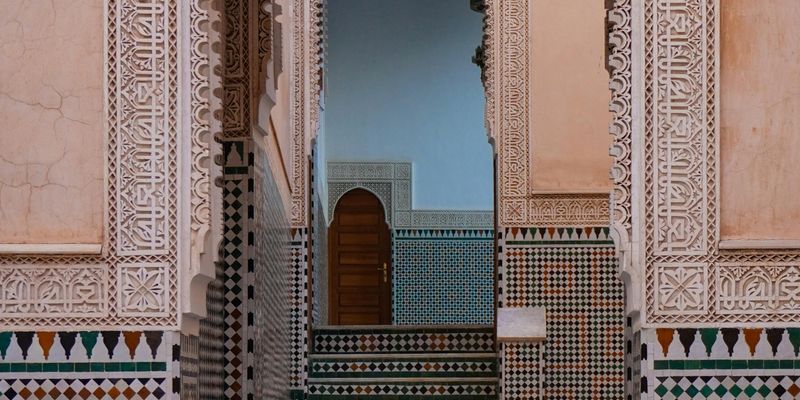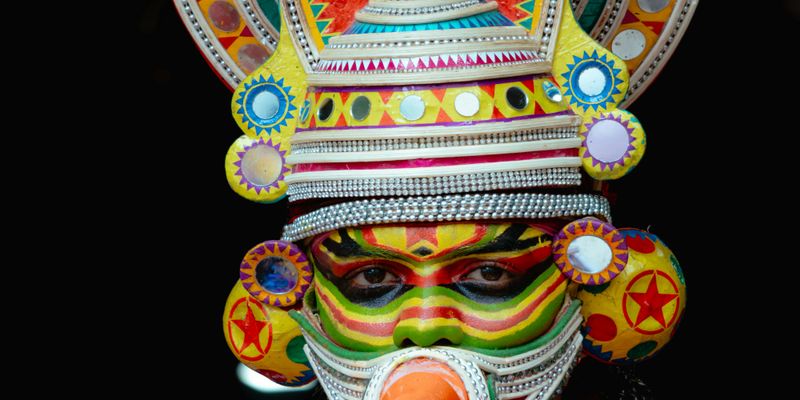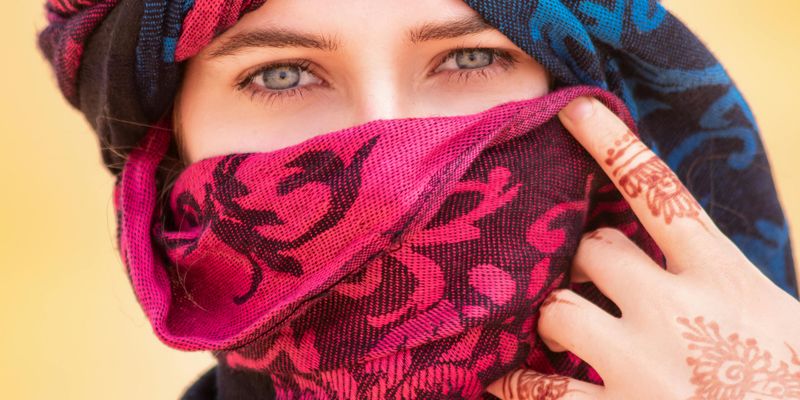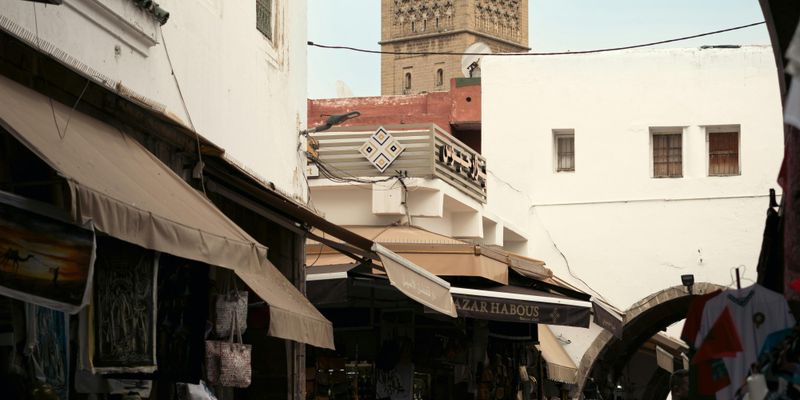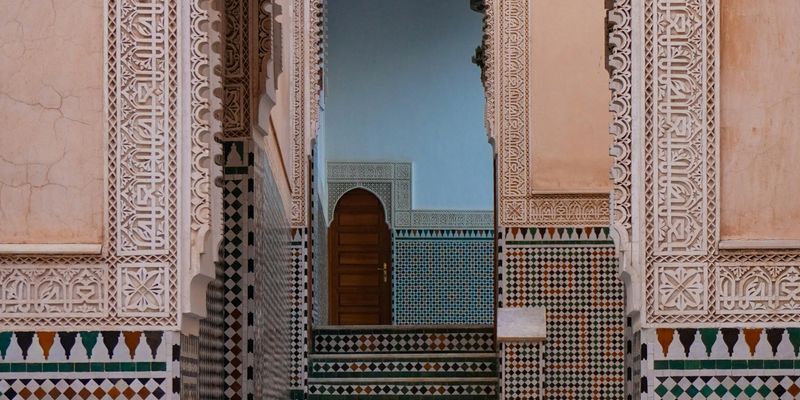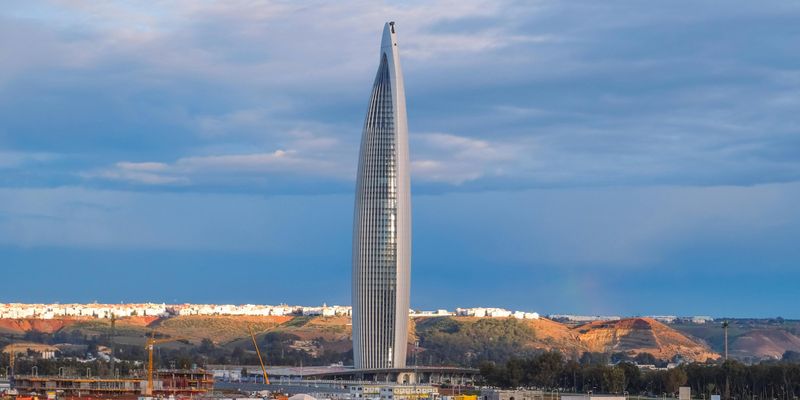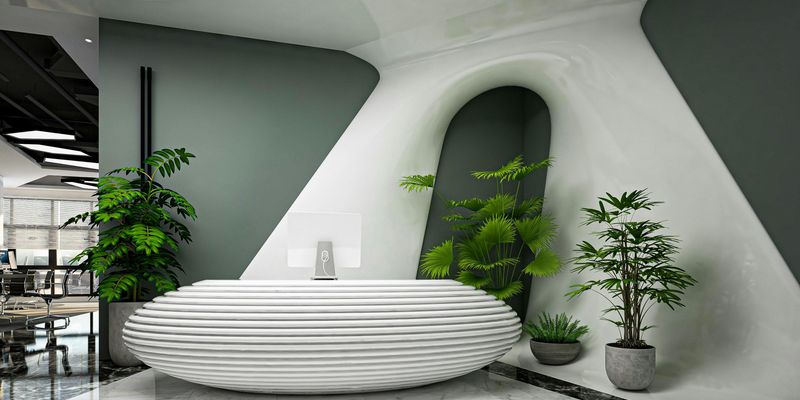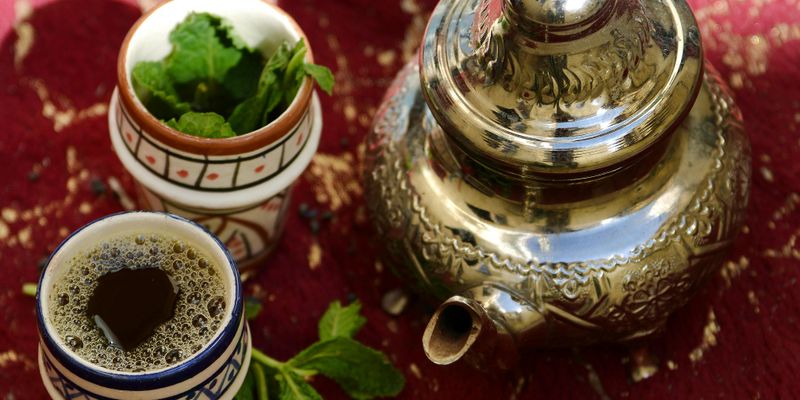
The Colors of Morocco: A Journey Through Vibrancy
Morocco is a land awash with colors that tell stories, evoke emotions, and preserve traditions. From the bright blues of Chefchaouen to the earthy tones of the Sahara, every hue has its place in the rich tapestry of Moroccan culture. In this post, I want to take you on a journey through the colors that define our nation and how they reflect our identity.
The Blue City: Chefchaouen
Chefchaouen, or simply 'Chaouen' as we lovingly call it, is perhaps the most famous for its stunning blue-washed buildings. Nestled in the Rif Mountains, the town's vibrant blue tones are not just visually appealing; they symbolize the sky and heaven, inviting peace and tranquility. Walking through its narrow, winding streets feels like stepping into a magical photo album, where every corner offers a new shade of blue to admire.
Rugged Reds of the Sahara
Traveling south to the Sahara Desert, one of the most striking features you’ll encounter is the deep reds and oranges of the sand dunes, particularly at sunrise or sunset. The famous Erg Chebbi dunes are like waves of warmth, and watching the sun dip below them is an experience you won’t forget. The color red in Moroccan culture often represents strength, love, and life, and it’s a reminder of the resilience of the people who have lived in harmony with this breathtaking landscape for centuries.
Emerald Green: The Heart of the Medina
As you wander into the heart of any Moroccan city, you’ll find the bustling medinas filled with vibrant green tiles adorning fountains, doors, and even the traditional mint tea served in ornate glasses. Green is a color that symbolizes fertility and prosperity in Moroccan culture, often associated with the beloved Prophet Muhammad, making it a significant color in our identity. Sipping mint tea with friends while basking in the ambiance of a traditional riad (courtyard home) surrounded by lush green plants feels like an embrace from my homeland.
Cultural Significance of Colors
Each color in Morocco has its own meanings and significance. For example, the bright yellows often seen in our textiles represent wealth and fertility, while the deep purples, found in many local crafts, signify wisdom and dignity. At festivals and celebrations, these colors come together to create a vibrant display that captivates locals and visitors alike, telling the story of Morocco's diverse culture through art and design.
The Art of Moroccan Crafts
Step into any local craft market (souq) and be prepared to be dazzled by the artisans’ work. The intricate tile work (zellige), glowing lanterns, and beautifully patterned rugs all play a part in our rich heritage. The artisans use colors not only for aesthetics but also to express their emotions and tell their stories. Visiting these markets and engaging with the craftsmen adds another layer of experience, making you a part of Morocco’s living art.
Conclusion: Embrace the Colors of Morocco
Morocco is more than just a destination; it’s a living canvas that invites you to explore its history, culture, and the soul of its people through color. Whether it’s the calming blues of Chefchaouen, the warm reds of the Sahara, or the vibrant greens of the medinas, each aspect is a vivid reminder of what makes Morocco unique. So come and embrace the colors of Morocco—it might just change the way you see the world.
